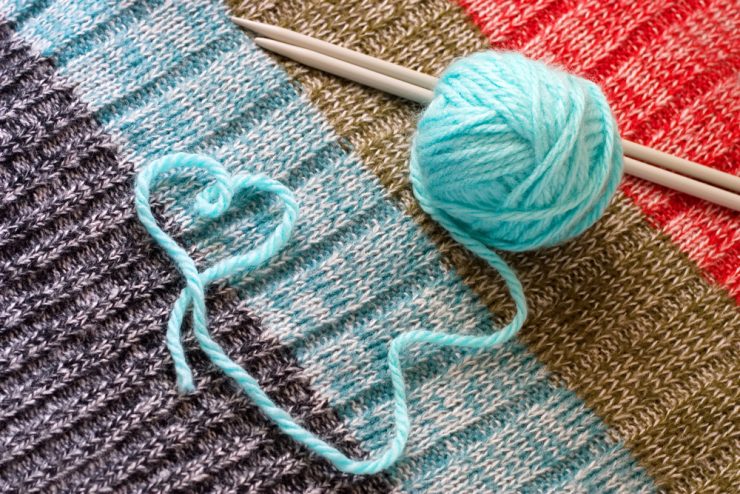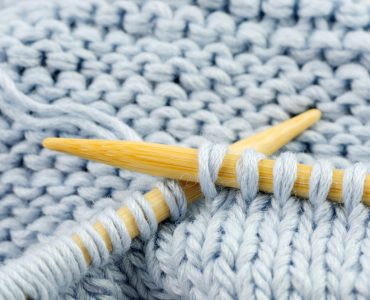Knitting, casting off, or binding off, is a technique used for ending a column (or wale) of stitches. Cast offs are the live stitches remaining on the finished knitted piece, while binding off or knitting consists of passing a wale’s final loop over the adjacent stitch’s loop. However, techniques may vary.
One of the techniques used is the simple bind off, which involves passing each loop over the adjacent stitch. This technique creates a tight edge with a little elasticity. Its advantage is that it doesn’t flare, retains its length, and it can be done in any direction.
Another is the knit bind off technique, which involves knitting the loop before it passes over onto the following loop. This technique can be done loosely or tightly but depends on the knitter’s tension. The purl bind off technique basically involves purling the loop before it is passed over the following loop.
The sewn bind off technique involves the use of a tapestry needle with a long tail of yarn. The widely known variation of this comes from Elizabeth Zimmermann’s ‘Knitting without Tears’. This technique creates a stretchy edge and is best for top edges of socks. Another technique, the three needle bind off, is employed in joining two pieces, like the back and front of a sweater. To create a seam, the stitches are bound off. Next is the tubular bind off which is a stretchy bind off used on ribbed edges, such as necklines and sock edges.











